Startup of saffron farmers
Mohammad Ghaem Panah, co-founder of Keshmoon talks about its mechanism and that it has developed an online market for farmers in South Khorasan so that they can sell their healthy and organic products to buyers.
Buyers can be from across the country or even world. The thee-year target of this startup is cooperation with 5000 saffron farmers.
The main principle of this startup is to consume less water and earn more income so that it can organize a small part of 300-ton Iranian saffron market.
Mohammad calls his startup, Keshmoon, that has pushed him to his grandfather’s job who was a saffron farmer in Ghaen, as a social mission.
A startup for which he has tried and made much effort and taken many paths. A startup whose CTO is Hamzeh Ghaem Panah, whose strategic advisor is Siamak Khorami and whose co-founder and investor is Ebrahim Ghaem Panah.
Other members include Ali Haji Nejad Moghadam, Mostafa Javdani and Javad Pishjoo.
-
How was Keshmoon idea formed and when was it launched?
Its idea was formed in 1394 and it was launched in Farvardin 1395 and we spent that year on launching our startup in Europe but because of different problems we faced, we couldn’t implement it in Europe.
Because we had gained acceptance from accelerator, we started in domestic market in 1396 and launched Keshmoon in Khordad.
-
How did you meet European accelerator?
Because Keshmoon works in the field of agriculture and environment, we were looking for services from accelerators that serve such startups.
After investigations, we identified an accelerator in Netherland and tried to be there. Because this country has a visa for startups.
We examined a list of accelerators that are approved by Netherland’s government so if they accept, you can be eligible for getting startup visa. We investigate one and called them and asked about details of their work.
-
How much financial aid did the Dutch accelerator offer to you?
That accelerator didn’t offer any financial aid and it didn’t get any share. It only took the service costs it provided.
In fact the importance of a startup like Keshmoon for them was for its social and environmental impact that was very important for them.
-
What happened that made you not to cooperate with this accelerator?
If you want to get startup visa of Netherland you should have a company and a bank account in Netherland and you should enter this country for getting a bank account, I couldn’t enter Netherland without visa.
First I tried to get a tourism visa but I couldn’t because of stringencies for providing a Schengen visa and thus I couldn’t have startup visa.
It is surprising that the embassy agent of Netherland didn’t have any information about such a visa and although this country has startup visa but some parts of government doesn’t know about this.
-
Why did you want to launch your startup in Europe?
Because the price of saffron is two or three times more than its price in Iran. Also European market is bigger than Iran’s.
Saffron turnover in Iran market is about 80 to 100 million dollars while the turnover of European market is 250 million dollars.
Moreover, social and environmental concerns in Europe specially in north west of Europe is higher than that of Iran society and online purchase is more prevalent in those parts.
These were the reasons based on which we wanted to launch our startup in Europe.
-
What is the mechanism of Keshmoon?
What Keshmoon does is packaging and identifying the market which helps farmers to sell their saffron. In fact Keshmoon doesn’t sell or buy.
It is a marketplace for farmers in which they can connect with buyers directly and sell their saffron.
In the personal page of each farmer, pictures of his personal life are shown as well and buyers can see how his life is.
Keshmoon emphasizes on sale of high quality saffron which is without any poison and chemicals. In fact Keshmoon is a website in which the details of farmers and farms, their saffron and their quality are defined and the customer can choose his desired saffron and buy it.
Bought saffron would be delivered to the customer by mail. Its cost would be paid online. Meanwhile, Keshmoon gets its handling fee and gives the rest to the farmer.
-
How much is the handling fee of Keshmoon?
Between 25 to 30 percent of the price goes to Keshmoon.
-
How do you make sure that the saffron is non-chemical and natural?
The farmer who works with Keshmoon doesn’t use chamicals and poisons and we also supervise the farms and farmers.
When we are in the region we observe the farms and examine whether they use animal fertilizer or chemical fertilizer.
During the second year when more than 1000 farmers would become the members of Keshmoon, we would use more advanced technologies so that we can use satellite photos to supervise the farmers.
-
How many farmers do work with you now?
We started with 3 farmers and now they are 11 farmers and according to the new season of saffron, this number would be increased.
-
How much saffron has been sold and bought in Keshmoon so far?
About 10 kilos of saffron has been sold and bought in Keshmoon so far.
-
According to the fact that you receive a percent as handling fee and this means that a part of sale price belongs to you, why are the farmers satisfied to work with you? That is what value added does Keshmoon add to their work?
Keshmoon helps farmers to earn more money; that is two motivations cause this; one is that farmers should sell their saffron through Keshmoon or sell them to local businessmen.
Selling to local businessmen means selling each kind of saffron with the same price. This means bad or good saffron doesn’t make any difference in the price.
But when they sell their product through Keshmoon, they earn more money. Because it provides them a bigger market and if their saffron is in high quality, the customer prefers to pay more for that.
The second one is that saffron is packaged under the name of the farmer and along each package, an ID with some pictures of the farmer and his life and work and also the result of tests done on the saffron would be distributed.
Thus farmers feel better social stance and identity in Keshmoon. Also those who buy through Keshmoon meet farmers and even go to their houses and see farmers’ lives.
Even they go to the farm with farmers and learn how to harvest saffron. In fact the connection between farmer and buyer gives a good feeling to the farmers.
-
Which problems are in saffron market that a startup like Keshmoon can help to solve them?
About 800 fake saffron are in the market. There is a bank for saffron gene in EU where saffron genes are gathered from all over the world.
This site says that there are problems like offering fake saffron in 50% or saffron which are being sold and bought in global market.
Also about 80 percent of saffron in the market have industrial colors which means they are fake. Most customers worry about this issue and the problem is that there isn’t any certainty about the quality of saffron in the market.
-
How much is saffron is the market?
Its price has high volatility and there are different kinds with different qualities but it is about 4,500,000 toman per kilo in the market.
-
How many users do Keshmoon have?
We have had 150 customers so far across Iran 27% of which purchased more than once from Keshmoon.
-
Have you had considered training for farmers?
Families of farmers who work with us, have 700 year experience in planting and harvesting saffron in their fields. Thus they are very skilled.
We just provide them information about using or not using chemical fertilizers and their impact on saffron and its price and guides about considering healthcare.
Although farmers are skillful in their work, because planting and harvesting saffron is a native knowledge which is transferred generation to generation.
Using chemical fertilizers which was implemented in agricultural farms recently was due to the wrong information agriculture engineers had given to farmers and caused their products to become contaminated.
-
What does Keshmoon mean?
Keshmoon is derived from the word “Keshtman” and means farming. Also it refers to lands which take water from one deep well.
-
You have mentioned environmental concerns of Keshmoon startup. Please explain more.
The problem with which Khorasan and Ghaen is face is the problem of water and about 90 percent of water taken from aquifers, is used in agriculture.
The more water used in agriculture, the more the farmer’s income would be. But for example if we use more water in our home, we should pay more.
Also Iran doesn’t face with land limitation but it does face with lack of water and this causes a problem in the field of agriculture.
Therefore and with such issues, Keshmoon has compared different kinds of products to see how much money the farmer would gain per each cube meter of water use for products.
Because in addition to saffron, they plant other products like wheat, potato and … according to our studies, saffron use less water and make more money for the farmer comparing to other products but farmers were eager to plant other products during other seasons and make money.
Keshmoon in fact calculates for those farmers who are its members that how much income they had per each cubic meter of water they use and farmers see that their income in Keshmoon has been increased about 10 to 20 percent.
Keshmoon has made this factor mandatory for farmers that they should decrease planting of other products and their income from them when their income from saffron in Keshmoon increases.
For example, if there were 200,000 tomans increase in their income from Keshmoon, they should reduce planting of other products which need much water accordingly.
In fact, this would be compensated from sale increase through Keshmoon.
-
How many people are employed in this field with the help of Keshmoon?
Users who work with Keshmoon are those who have been employed and they only changed their planting pattern and agricultural methods and the way of using aquifers.
Also I should add a point which is related to your previous question; a farmer can’t reduce use of aquifers alone.
For example from 10 hours of water he uses, he can’t reduce 2 hours and those farmers who use this well, can decide about it.
This can be done by Keshmoon when the number of farmers reaches to a limit and this is planned for the second year of Keshmoon programs.
-
How many members does Keshmoon team have?
Keshmoon team is consisted of 4 people who are co-founders of this startup.
-
How much was the initial capital of Keshmoon?
We launched Keshmoon with 100 million tomans.
Now many people consider big cities as a better place for launching a startup; what is the difference and have you faced with special issues for launching a startup is a town?
For example for getting technical knowledge about your need.
In small towns, the weather is better and there is less traffic and costs for living are low. The quality of life is high in towns and at least you can see a sky full of stars!
I believe in this rule that when you get something you lose another thing. There isn’t any training workshops in small towns but I didn’t have any problem when I wanted to reach skilled work force because there are skilled people everywhere.
-
You mentioned that 11 farmers work with you, do you have any information about the size of their farms?
Each one has between 1 to 2 hectares.
-
What is the targeting of Keshmoon about the number of farmers and figures for the second year?
We predict that we cooperated with 200 farmers during the second year.
It is said in Keshmoon site that you have plans for distributing saffron by bicycles.
Now in Mashhad we distribute saffron by bicycle.
In Tehran we did this but we worked with a startup in this regards which faced a problem but we plan to start distribution by bicycle in Tehran all over again.
-
Farmers sold their saffron to local businessmen before you and now they sell them to you; do local businessmen have any problem with that?
Local businessmen are formed from a very small society and can’t confront us and there hasn’t been such a problem for us so far.
Supply, packaging and selling saffron had been done in different kinds and there were many dealers in between but now Keshmoon want to do it more easily and with newer methods and partner with farmers in this system in the section of saffron sales and help the farmers to find customers for their saffron and sell them with better price.
But the problem may be with the companies work in the field of supply, purchase and selling of saffron which don’t take newly-established startups seriously and call them amateurs; that is they don’t count us. But we may face such problems one year later.
-
How much is the annual production of saffron in Iran?
Last year, I was about 300 tons but it is predicted this figure would increase next year.
-
What percent of this saffron is the target of Keshmoon in the market for sales?
Keshmoon has a three-year plan based on which it is determined that in the next three years we take 4 percent of this market; that is, during these three years the number of farmers who work with Keshmoon would reach to 5000 farmers.
Also we would enter Europe market in these years and take a part of Europe shares. We don’t want to make dreams and we should see how much we can progress based on our plan.
-
Do you consider 5000 farmers across Iran?
We mean all farmers who would work with Keshmoon. Our focus is not on our own region and we work region to region and this is not the case that a farmer can work with us alone in one part of Iran because in this case supervision and other programs would become difficult.
-
According to your focus on South Khorasan, how many saffron farmers are working in this region right now?
10000 to 15000 saffron farmers work in this region. By this number I just mean those who have farms and other people such as their families and others also help them because this job requires large number of labors.
-
How much saffron is produced by this number of farmers?
They produce about 50 tons of saffron each year.
-
You believe that you have made saffron farmers to sell more and have more income; these farmers sold saffron to local businessmen before. What difference has been made in the price for them?
Farmers sold each Mithgal (4.25 gr) of saffron for 16000 tomans to local businessmen but in Keshmoon they sell it for 20000 tomans.
-
There are many promotions from Agriculture Agency and experts in this organization for promoting saffron planting; does the increase of saffron planting make Keshmoon happy?
The prevalent thing in the market of saffron is that many farmers across Iran have planted this product because it doesn’t need much water and thus we have faced with overproduction. But right now many mistakes are being made.
For example one person from North Khorasan called me and asked me about the conditions for planting saffron while the environment of North Khorasan is totally different from that of South Khorasan and most importantly other plants are in that north region, which have commercial value and they can focus on planting them.
Promoting all people to plant saffron is wrong and production should be in accordance with the amount of export and domestic consumption.
Agriculture Agency and its experts promote to increase saffron production with this logic that now the population of the world is 7 billion people so if each person use half a gram of saffron, the figure would be significant.
But this is wrong and has no base. We can produce other plants in the same region instead of saffron; plants that have high commercial value and we shouldn’t focus on just one plant.
-
A startup like Keshmoon offers a better future to farmers but how much can it be involved in preservation of saffron farms and local work force in villages?
In each farmer’s family there is a smartphone and farmers who are members of Keshmoon can have a message for those in other cities and countries and there can be a conversation between them.
Each farmer can connect a network of different families across Iran and the world, if farmer’s income grows, his social needs would be met and he would become confident about his work and accept that farming can be useful thus he would encourage his children to do the same job.
In fact today’s generation isn’t interested in agriculture. Agriculture was the second job of their fathers as well.
-
Have the farmers of Keshmoon sold saffron to outside Iran?
If you want to sell something outside Iran, you should have an account there so that you can receive the money and there should be an organization to transfer the money because sending via National Post takes a long time and costs money. Thus this has been done through travelers but in a limited form.
-
And the last question, how much do the farmers and buyers get used to buying saffron online?
Consumers don’t get used to buy saffron online and on the other hand farmers don’t have the knowledge about internet sales.
Countries in Persian Gulf region have bought saffron from farmers in different ways before and thus they are gotten used to other methods.
This is a new way and brings issues but we are hopeful about its future because people in villages are getting interested in becoming members of Keshmoon.
Related article is available from here.
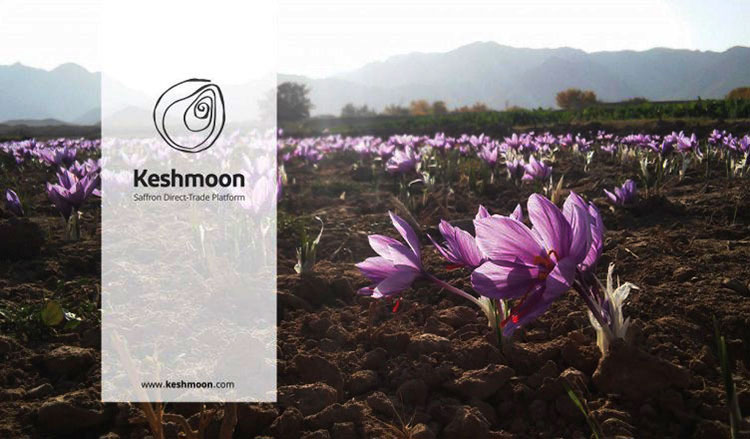

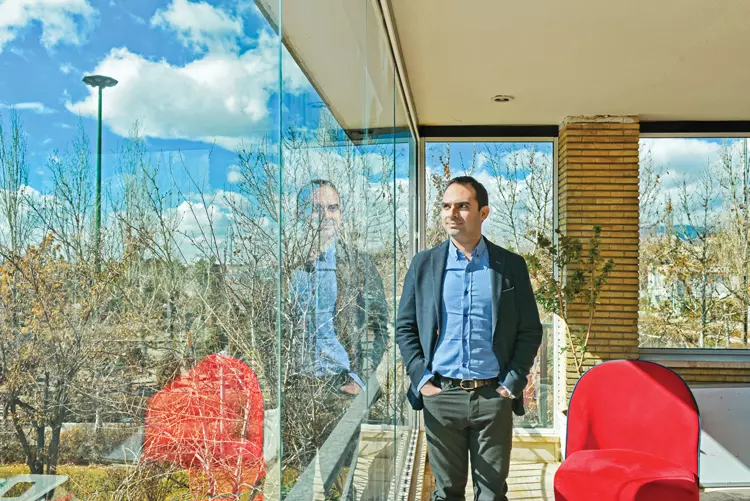
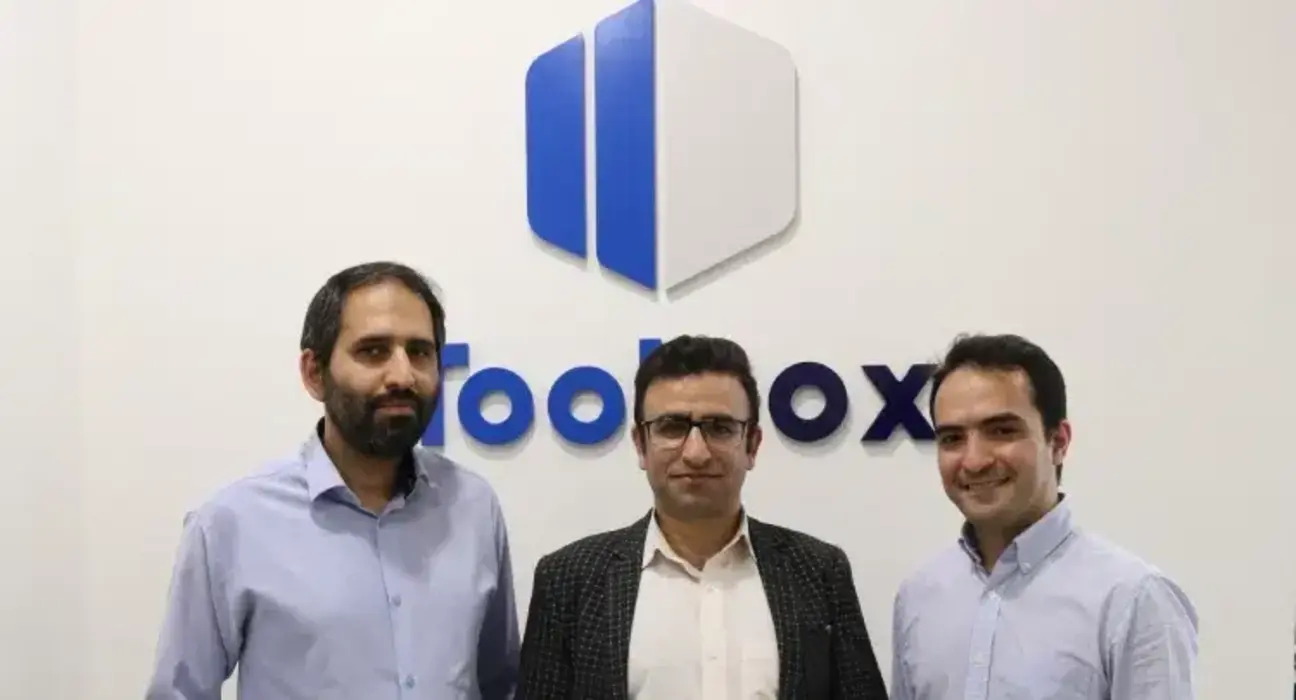



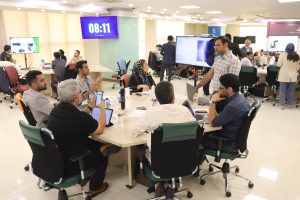

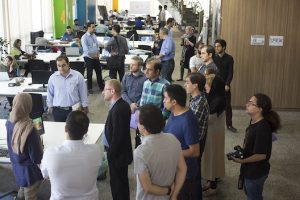


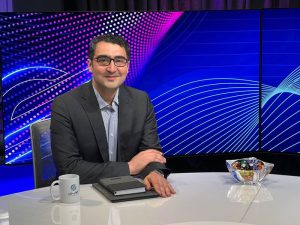

Post Comment